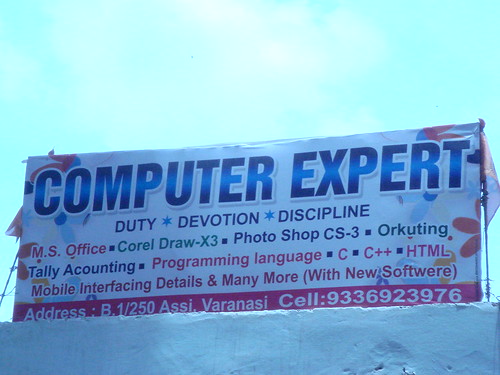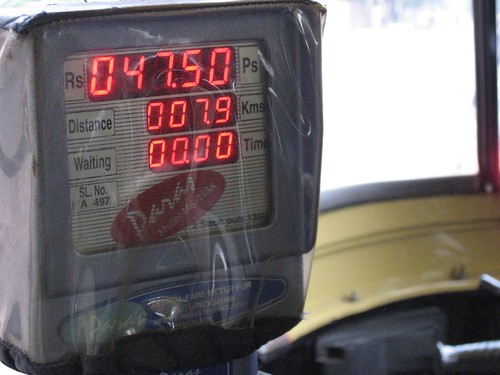Staffing solutions company Teamlease comes up with an innovative idea of placing advertisements on wedding cards which they print for free! This Mint article has the details. Not only do you have your wedding cards being printed for free, but also have people find jobs along with your wedding. On top of that you're treating people with some delicious food during your wedding and the reception following it! What more social good can one do?!

While we're on things social, Ian Schafer, CEO of interactive marketing agency Deep Focus put his twitter background image and profile image on auction and the auction ended with Metacafe winning it with a bid of $1,082.01. Here's how his twitter page looks with the Metacafe branding

Earlier, there was the case of Rocketboom founder Andrew Baron auctioning his twitter account and then pulling out. Notable that the bid touched a price of $1,500 before he decided to pull out of the auction.
Conversation, did we say these are? These seem to come at a price though!
Courtesy: Ashish Tulsian for the TeamLease wedding card story and Valleywag(of all sources!) for the Ian Schafer piece.






